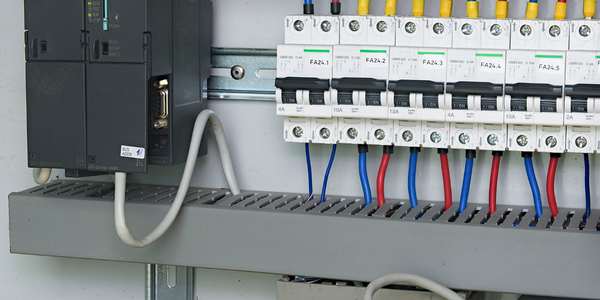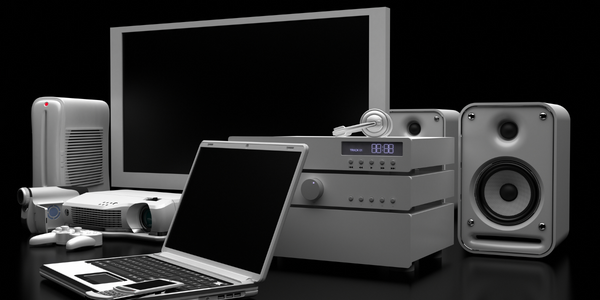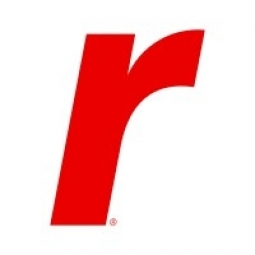公司规模
Mid-size Company
地区
- America
国家
- United States
产品
- Rock Band 3
- GoGrid Cloud Infrastructure
技术栈
- Cloud Computing
- Load Testing
- API Integration
实施规模
- Enterprise-wide Deployment
影响指标
- Customer Satisfaction
- Revenue Growth
- Brand Awareness
技术
- 基础设施即服务 (IaaS) - 云计算
适用行业
- 电子产品
适用功能
- 产品研发
- 销售与市场营销
用例
- 大规模定制
- 网络安全
服务
- 云规划/设计/实施服务
- 系统集成
关于客户
Harmonix Music Systems is a videogame development company that specializes in music-based games. The company was founded in 1995 and is based in Cambridge, MA. The core principle at the heart of all Harmonix products is to share the joy of creating and performing music with everyone, regardless of their musical experience. The Rock Band series has brought the company’s mission of bringing the joy of making music to living rooms, garages and practice spaces around the world. They are full-blown band simulation games that combine guitar, bass, drum and singing gameplay — as well as online multiplayer competition and co-op play. Harmonix continues to live and grow in Cambridge, expanding the Rock Band franchise, developing new titles and searching for new and unique ways to bring the joy of music to the world.
挑战
Harmonix Music Systems, a videogame development company specializing in music-based games, faced a significant challenge when planning for the release of Rock Band 3. The company had learned from previous releases that significant spikes in network traffic occurred with each new release, and traffic further increased during the holiday season. Harmonix needed a load testing solution that was able to simulate not only the expected load of a new release, but also an influx of heavy usage during a holiday season. For Rock Band and Rock Band 2, they performed load testing on their servers using an in-house solution. However, this configuration created security concerns and resource issues. They could not launch as many instances as they wanted to in order to scale the load testing. These issues combined with the desire to save money on load testing led Harmonix to look at cloud computing options for load testing when launching Rock Band 3.
解决方案
Harmonix decided to use GoGrid’s cloud infrastructure to ensure successful new product launches. They were able to scale hundreds of cloud servers on-demand, allowing them to simulate peak traffic loads. With the use of the GoGrid API, Harmonix could programmatically run scripts to provision cloud servers on-demand, and then automatically upload the necessary software and testing scripts. They performed simple login/logout tests, simulating more than 60,000 concurrent users at a time. The results were automatically reported to a centralized reporting server back at Harmonix. After testing one activity for several hours, the GoGrid cloud servers were automatically instructed to initiate the next test. Harmonix also created new standards and robust testing into existing procedures. They pushed their backend networking systems to the point of failure which was previously not possible due to the enormous cost and infrastructure required to make the test run properly. Now, with the use of GoGrid cloud servers, this test is not only plausible, but has become a standard part of their testing procedure. Harmonix then analyzes the results, makes the necessary changes, and can run the test protocols again as needed. When testing is complete, the cloud servers are quickly decommissioned until they are needed again.
运营影响
数量效益

Case Study missing?
Start adding your own!
Register with your work email and create a new case study profile for your business.
相关案例.

Case Study
Remote Temperature Monitoring of Perishable Goods Saves Money
RMONI was facing temperature monitoring challenges in a cold chain business. A cold chain must be established and maintained to ensure goods have been properly refrigerated during every step of the process, making temperature monitoring a critical business function. Manual registration practice can be very costly, labor intensive and prone to mistakes.

Case Study
Predictive maintenance in Schneider Electric
Schneider Electric Le Vaudreuil factory in France is recognized by the World Economic Forum as one of the world’s top nine most advanced “lighthouse” sites, applying Fourth Industrial Revolution technologies at large scale. It was experiencing machine-health and unplanned downtime issues on a critical machine within their manufacturing process. They were looking for a solution that could easily leverage existing machine data feeds, be used by machine operators without requiring complex setup or extensive training, and with a fast return on investment.

Case Study
Cloud Solution for Energy Management Platform-Schneider Electric
Schneider Electric required a cloud solution for its energy management platform to manage high computational operations, which were essential for catering to client requirements. As the business involves storage and analysis of huge amounts of data, the company also needed a convenient and scalable storage solution to facilitate operations efficiently.

Case Study
Leveraging the IoT to Gain a Competitive Edge in International Competition
Many large manufacturers in and outside Japan are competing for larger market share in the same space, expecting a growing demand for projectors in the areas of entertainment, which requires glamor and strong visual performance as well as digital signage that can attract people’s attention. “It is becoming more and more difficult to differentiate ourselves with stand-alone hardware products,” says Kazuyuki Kitagawa, Director of Service & Support at Panasonic AVC Networks. “In order for Panasonic to grow market share and overall business, it is essential for us to develop solutions that deliver significant added value.” Panasonic believes projection failure and quality deterioration should never happen. This is what and has driven them to make their projectors IoT-enabled. More specifically, Panasonic has developed a system that collects data from projectors, visualizes detailed operational statuses, and predicts issues and address them before failure occurs. Their projectors are embedded with a variety of sensors that measure power supply, voltage, video input/ output signals, intake/exhaust air temperatures, cooling fan operations, and light bulb operating time. These sensors have been used to make the projector more intelligent, automatically suspending operation when the temperature rises excessively, and automatically switching light bulbs. Although this was a great first step, Panasonic projectors were still not equipped with any capability to send the data over a network.









